Introduction
Pickling mustard root, also known as mustard tubers or mustard疙瘩咸菜 in Chinese, is a traditional method of preserving this robust vegetable for later use. Mustard root, with its pungent flavor and firm texture, is well-suited for pickling, transforming into a tangy, crunchy delight that complements many meals. This preservation technique not only extends the shelf life of mustard root but also enhances its taste, making it a staple in many households’ pantries.
In this comprehensive guide, we will delve into the step-by-step process of how to pickle mustard root, from selecting the right ingredients to ensuring perfect fermentation. We’ll cover everything from preparing the mustard root, making the brine, to storing the pickled mustard root for optimal flavor and texture. By following these detailed instructions, you’ll be able to create your own batch of delicious, homemade mustard root pickles that can be enjoyed throughout the year.
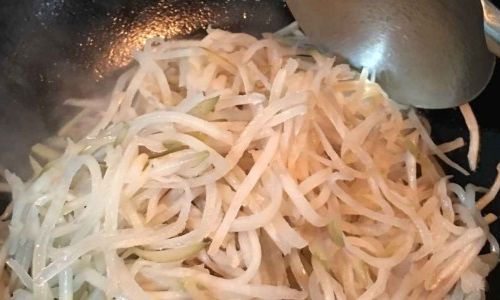
Chapter 1: Understanding Mustard Root
Before diving into the pickling process, it’s essential to understand the basics of mustard root. Mustard root, scientifically known as Brassica juncea, is a cruciferous vegetable closely related to cabbage, broccoli, and kale. It grows underground as a thick, fleshy tuber that can vary in size and color, ranging from small, white tubers to larger, darker ones.
Mustard root has a strong, pungent flavor that becomes even more intense when pickled. Its firm texture holds up well to the pickling process, resulting in a crunchy pickle that retains its shape and structure. The high fiber content and nutritional benefits of mustard root, including vitamins and minerals, make it a healthy addition to any diet.
When selecting mustard root for pickling, look for firm, unblemished tubers with smooth skin. Avoid those that are soft, moldy, or have cracks, as these imperfections can affect the final texture and flavor of your pickles. Fresh mustard root is best, but if you can’t find it, frozen or canned options can also be used, though they may require slight adjustments in the pickling process.
Chapter 2: Gathering Ingredients and Equipment
To pickle mustard root, you’ll need a few essential ingredients and some basic equipment. Here’s a list of what you’ll need:
Ingredients:
- Fresh mustard root (about 2-3 pounds, depending on your needs)
- Salt (kosher or pickling salt is recommended)
- Water
- Vinegar (white vinegar, apple cider vinegar, or rice vinegar, depending on your preference)
- Sugar (optional, for a bit of sweetness to balance the tang)
- Spices and herbs (such as mustard seeds, garlic, dill, bay leaves, and red pepper flakes, to taste)
Equipment:
- A large, clean knife for chopping
- A cutting board
- A large bowl or pot for mixing the brine
- A clean, glass jar or crock with a tight-fitting lid (ensure it’s large enough to hold the mustard root and brine)
- A clean cloth or cheesecloth (for covering the jar, if needed)
- A weight (such as a smaller jar filled with water or a clean stone) to keep the mustard root submerged in the brine
- A ladle or spoon for stirring and pouring
- A clean cloth or towel for wiping down surfaces
Chapter 3: Preparing the Mustard Root
Once you have your ingredients and equipment ready, it’s time to prepare the mustard root. Here’s how to do it:
-
Cleaning the Mustard Root: Start by rinsing the mustard root under cold, running water to remove any dirt or debris. Use a vegetable brush if necessary to scrub away any stubborn soil. Pat the mustard root dry with a clean towel.
-
Peeling the Mustard Root: While some recipes call for leaving the skin on for added texture and flavor, peeling the mustard root can help ensure a smoother, more uniform pickle. Use a sharp knife to peel away the outer layer of the tuber.
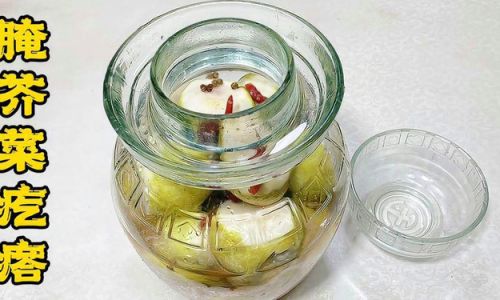
-
Chopping the Mustard Root: Depending on your preference, you can chop the mustard root into small cubes, slices, or even leave it whole if the tubers are small enough. Smaller pieces will pickle faster and be more tender, while larger pieces will retain more crunch.
-
Salting the Mustard Root: Place the chopped mustard root in a large bowl. Sprinkle a generous amount of salt over the pieces, about 1-2 tablespoons per pound of mustard root. Toss the mustard root and salt together until the pieces are evenly coated. Let the mustard root sit for about 30 minutes to an hour, allowing the salt to draw out excess moisture and begin the fermentation process.
Chapter 4: Making the Brine
While the mustard root is sitting with the salt, it’s time to prepare the brine. The brine is the pickling solution that will preserve and flavor your mustard root. Here’s how to make it:
-
Boiling Water and Salt: In a large pot, bring about 4 cups of water to a boil. Add 1/4 cup of salt (or more, to taste) and stir until the salt is completely dissolved.
-
Adding Vinegar and Sugar: Once the saltwater is boiling, remove it from the heat and let it cool slightly. Stir in 1-2 cups of vinegar (depending on your preference for tanginess) and, if desired, 1/4 cup of sugar to balance the flavor. You can adjust the amounts of vinegar and sugar to suit your taste.
-
Adding Spices and Herbs: To the brine, add your chosen spices and herbs. Common additions include mustard seeds, garlic cloves, dill, bay leaves, and red pepper flakes. The combination of spices is entirely up to you, so feel free to experiment until you find a flavor profile you love.
-
Cooling the Brine: Let the brine cool completely to room temperature before using it. You don’t want to shock the mustard root with hot liquid, which could affect its texture and flavor.
Chapter 5: Pickling the Mustard Root
Now that the mustard root and brine are ready, it’s time to combine them and start the pickling process. Here’s how to do it:
-
Draining the Mustard Root: After the mustard root has sat with the salt for the required time, drain off any excess liquid that has been drawn out. Use a clean cloth or paper towels to pat the pieces dry if necessary.
-
Packing the Jar: Transfer the mustard root pieces to your clean, glass jar or crock. Pack them in tightly but not so tightly that they become compressed and lose their shape. You want the mustard root to be submerged in the brine, but you also want to leave some room at the top of the jar for the brine.
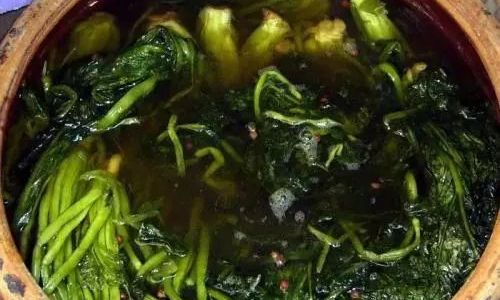
-
Pouring in the Brine: Carefully pour the cooled brine over the mustard root, ensuring that all the pieces are completely submerged. If necessary, use a weight to keep the mustard root down, preventing it from floating to the surface and exposing it to air, which could cause mold or off flavors.
-
Covering the Jar: If your jar has a tight-fitting lid, you can use it to cover the jar. If not, cover the jar with a clean cloth or cheesecloth and secure it with a rubber band or string. This will allow gases to escape during fermentation while keeping out contaminants.
Chapter 6: Fermentation and Storage
The pickling process is a combination of fermentation and preservation. Here’s how to manage it:
-
Initial Fermentation: Place the jar in a cool, dark place where temperatures are consistent, ideally between 65-75°F (18-24°C). Allow the mustard root to ferment for about 3-7 days, depending on your taste preferences and the climate where you live. During this time, the mustard root will release gases, causing bubbles and foam to form on the surface of the brine. This is normal and indicates that fermentation is occurring.
-
Checking the Pickles: Periodically check the jar to ensure that the mustard root remains submerged in the brine. If any pieces float to the surface, use a clean spoon or fork to gently push them back down. Also, check for any signs of mold or off odors. If you notice any mold, discard the batch and start again, ensuring that all equipment and ingredients are clean and free of contaminants.
-
Tasting and Adjusting: After the initial fermentation period, taste a piece of mustard root to check its flavor. If it’s too tangy or salty for your liking, you can adjust the brine by adding more water, vinegar, or sugar to taste. Remember to let the brine cool completely before adding it to the jar.
-
Storing the Pickles: Once the mustard root has reached your desired flavor, transfer the jar to a cooler, more stable environment, such as a basement or refrigerator, to slow down further fermentation and extend the shelf life of your pickles. Properly stored pickles can last for several months to a year, depending on the storage conditions.
Chapter 7: Serving and Enjoying Your Pickled Mustard Root
Now that your pickled mustard root is ready, it’
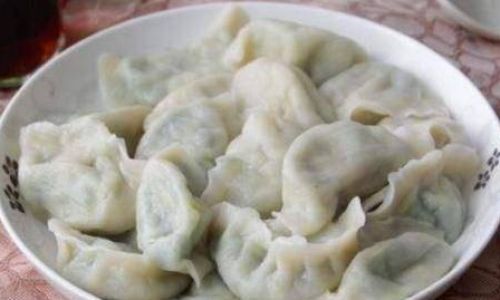
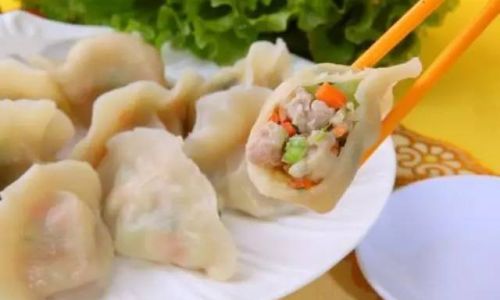
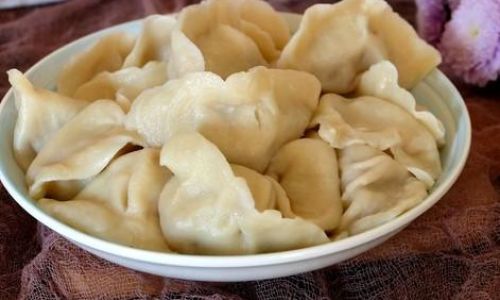
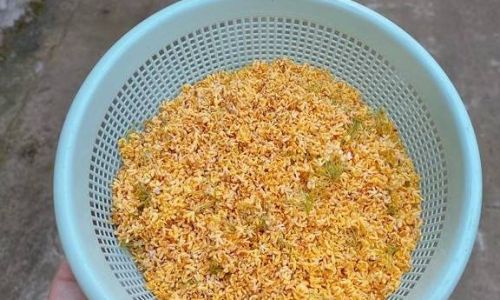
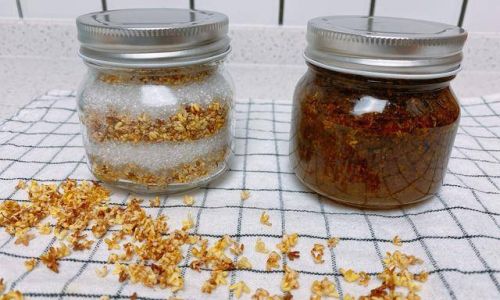
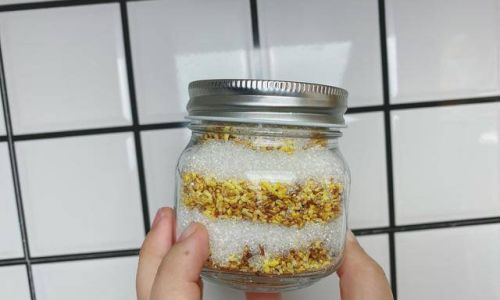
0 comments